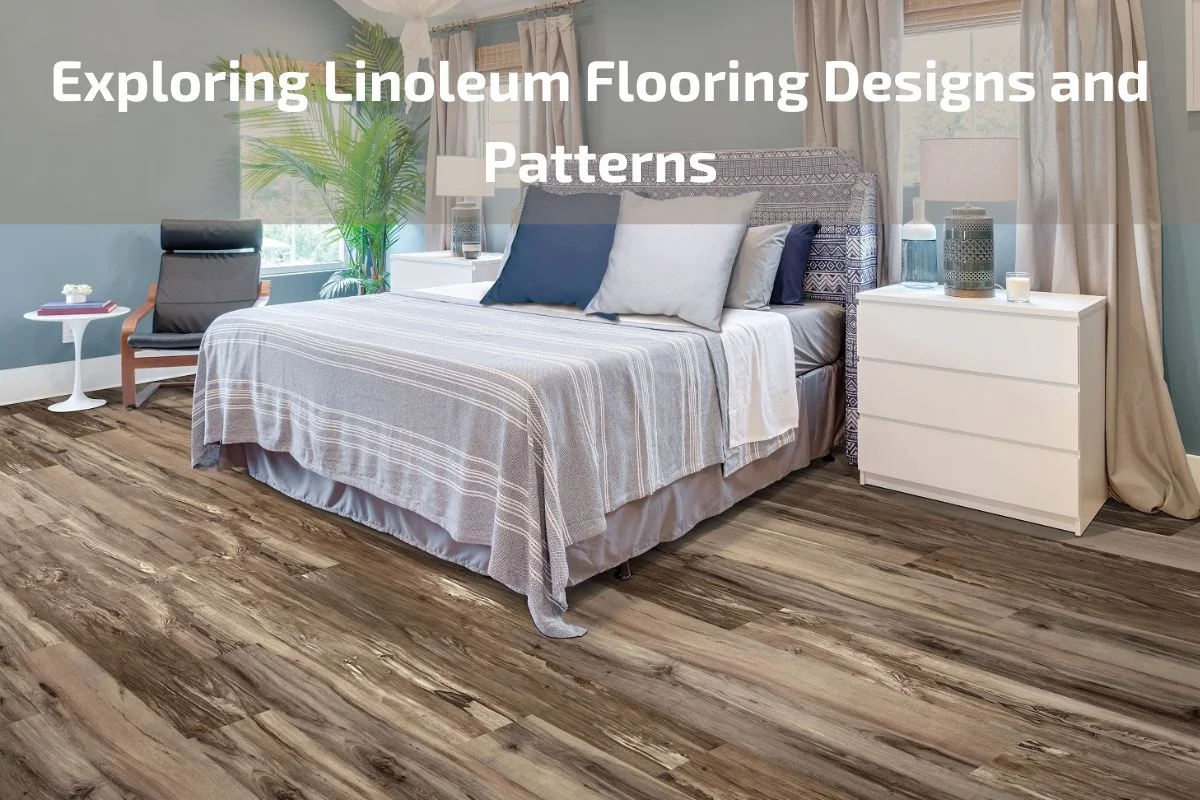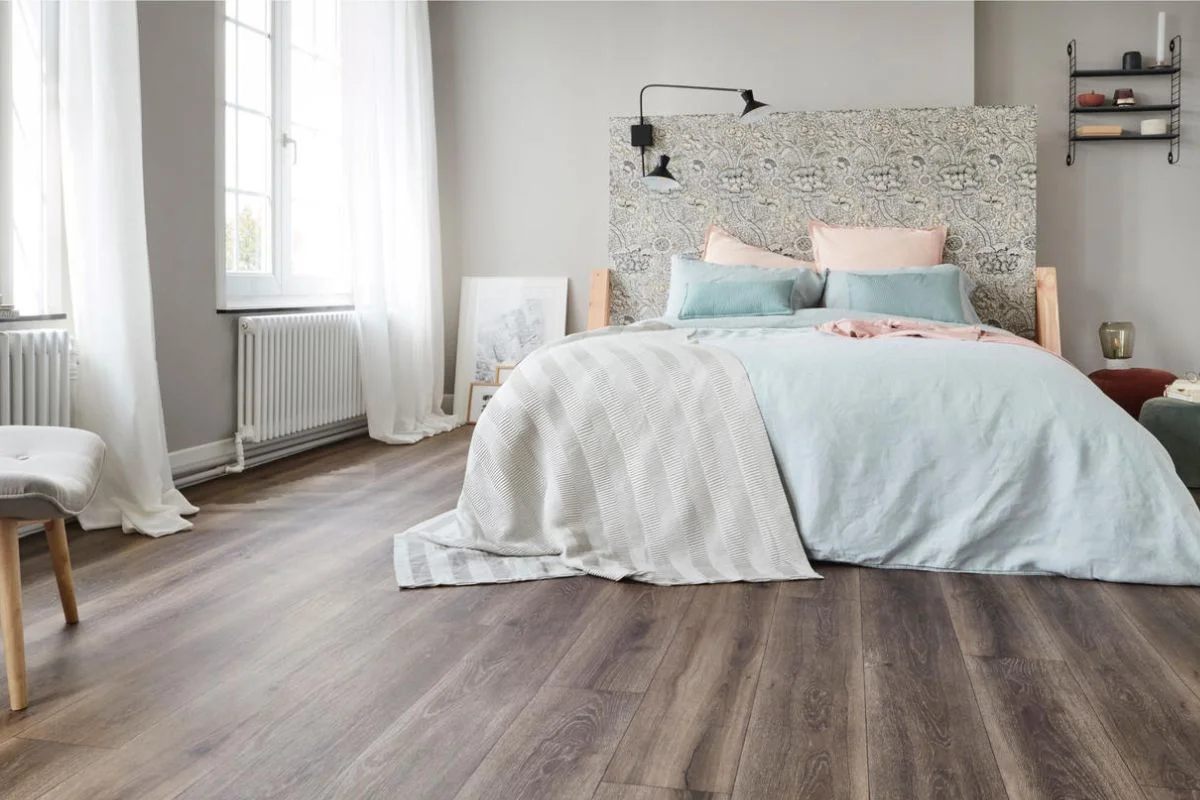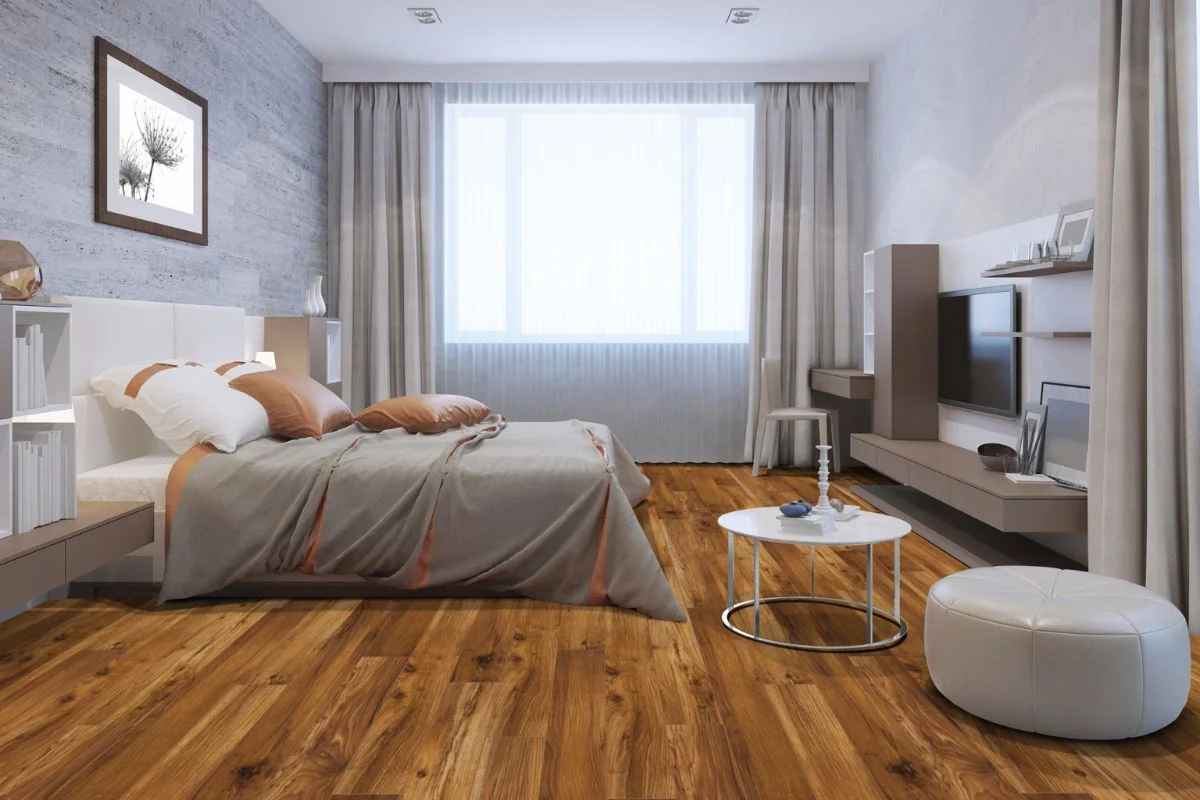
Linoleum flooring, once considered a staple of mid-century design, is experiencing a resurgence in popularity thanks to its eco-friendly properties, durability, and versatile design options. One of the most compelling aspects of linoleum flooring is the wide array of designs and patterns available, offering homeowners and designers the opportunity to create unique and stylish spaces.
In this exploration of linoleum flooring designs and patterns, we’ll delve into the diverse range of options available. From classic designs that evoke a sense of nostalgia to modern patterns that add a contemporary flair, linoleum flooring offers endless possibilities for customization and creativity.
Join us as we take a closer look at the captivating world of linoleum flooring designs and patterns. Whether you’re drawn to bold geometric motifs, intricate floral patterns, or simple yet elegant solids, there’s a linoleum design to suit every taste and style. Let’s explore how linoleum flooring can transform your space with its timeless charm and innovative design options.
Brief Overview of Linoleum Flooring
Linoleum flooring is a versatile and sustainable option that has been a staple in interior design for over a century. Made from natural materials such as linseed oil, cork dust, wood flour, and resin, linoleum offers a unique combination of durability, eco-friendliness, and style. Its composition sets it apart from synthetic alternatives like vinyl flooring.
Linoleum comes in sheets, tiles, and planks, making it suitable for various spaces including residential homes, commercial buildings, and healthcare facilities. With a wide range of colors, patterns, and designs available, linoleum offers endless possibilities for creative expression in interior design.
Renowned for its resilience and easy maintenance, linoleum flooring is resistant to water, scratches, and stains, making it an ideal choice for high-traffic areas. Its natural antibacterial properties contribute to healthier indoor environments, making it particularly appealing for families and those with allergies or sensitivities.
In summary, linoleum flooring stands as a sustainable, durable, and stylish option that continues to captivate homeowners and designers alike with its timeless appeal and eco-friendly credentials.
What is Linoleum Flooring
Linoleum flooring is a resilient flooring material made primarily from natural ingredients. Unlike its synthetic counterparts, linoleum is composed of linseed oil, wood flour, cork dust, and resin. These natural components are compressed onto a backing material, typically jute or canvas, to form sheets or tiles.
One of the distinguishing features of linoleum is its environmentally friendly composition. It is manufactured using renewable resources, making it a sustainable flooring option. Additionally, linoleum is biodegradable at the end of its life cycle, further enhancing its eco-friendly profile
Linoleum flooring is known for its durability and resilience. It can withstand heavy foot traffic and is resistant to scratches, stains, and water damage when properly sealed. This makes linoleum a popular choice for both residential and commercial applications.
Available in a wide array of colors, patterns, and designs, linoleum offers versatility in design. From classic marble and wood grain patterns to bold and modern prints, linoleum can complement various interior styles and preferences.
In summary, linoleum flooring is a natural, durable, and versatile flooring option with a focus on sustainability. Its unique composition and design possibilities make it a popular choice for those seeking an environmentally friendly and long-lasting flooring solution.
Definition and composition Linoleum Flooring
Linoleum flooring is a type of resilient flooring material renowned for its natural composition and durability. It is crafted from a blend of renewable materials, including linseed oil, cork powder, wood flour, natural resins, and pigments. These components are combined and compressed onto a backing material, often jute or canvas, to create sheets or tiles of linoleum.
The primary ingredient in linoleum is linseed oil, which is derived from flax seeds. This oil serves as the binding agent that holds the other ingredients together. Cork powder and wood flour provide resilience and flexibility to the linoleum, making it resistant to dents and damage from heavy foot traffic. Natural resins are added to enhance the adhesive properties of the linoleum, ensuring it adheres firmly to the backing material.
One of the distinguishing features of linoleum flooring is its environmentally friendly composition. Unlike many synthetic flooring materials, linoleum is made from natural, renewable resources, making it a sustainable choice for eco-conscious consumers. Additionally, linoleum is biodegradable, meaning it can break down naturally at the end of its lifespan, further reducing its environmental impact.
Advantages and Disadvantages of Linoleum Flooring
Linoleum flooring offers a range of benefits as well as some considerations to keep in mind. Understanding both the advantages and disadvantages can help you make an informed decision when selecting flooring for your space.
Advantages:
Environmental Sustainability: Linoleum is made from natural, renewable materials, making it an eco-friendly flooring option. It’s biodegradable and does not emit harmful chemicals into the environment.
Durability: Linoleum is known for its resilience and ability to withstand heavy foot traffic, making it suitable for high-traffic areas in both residential and commercial settings.
Easy Maintenance: Linoleum flooring is easy to clean and maintain. Regular sweeping and occasional mopping with a mild detergent are usually sufficient to keep it looking fresh and new.
Variety of Styles and Colors: Linoleum comes in a wide range of colors, patterns, and designs, allowing for creative expression and customization to match any décor style.
Comfortable Underfoot: Linoleum has a slightly cushioned feel underfoot, providing a comfortable walking surface that can help reduce fatigue.
Disadvantages:
Susceptible to Scratches: While linoleum is durable, it can still be prone to scratching, especially in high-traffic areas or if sharp objects are dragged across its surface.
Vulnerable to Moisture: Although linoleum is water-resistant, excessive moisture can cause it to warp or lift at the edges. Proper sealing and maintenance are essential to prevent water damage.
Initial Cost: While linoleum is generally considered affordable compared to other flooring options, it may have a higher upfront cost than some budget alternatives like vinyl flooring.
Installation Challenges: Installing linoleum flooring requires precision and expertise, especially when cutting and fitting the material around corners and obstacles. Professional installation may be necessary for optimal results.
Limited Heat Resistance: Linoleum can be sensitive to heat, and prolonged exposure to high temperatures can cause discoloration or damage to the surface.
By weighing the advantages and disadvantages of linoleum flooring, you can determine whether it aligns with your aesthetic preferences, lifestyle, and budgetary considerations for your flooring project.
Installation Process Linoleum Flooring
Installing linoleum flooring requires attention to detail and proper preparation to ensure a successful and long-lasting result. Here’s a step-by-step guide to the installation process:
Subfloor Preparation:
- Ensure that the subfloor is clean, dry, and level. Remove any existing flooring material and repair any cracks or uneven areas.
- If installing over a concrete subfloor, check for moisture and apply a suitable moisture barrier if necessary.
- For wooden subfloors, ensure they are structurally sound and securely fastened to the joists.
Acclimatization:
- Allow the linoleum flooring material to acclimate to the room’s temperature and humidity levels for at least 24 to 48 hours before installation. This helps prevent expansion or contraction after installation.
Measurement and Layout:
- Measure the dimensions of the room to determine the amount of linoleum flooring needed. Consider any obstructions, doorways, or irregularities in the layout.
- Plan the layout of the flooring to minimize waste and achieve the desired aesthetic, taking into account patterns and seam placement.
Cutting and Fitting:
- Use a utility knife or linoleum cutter to cut the linoleum sheets or tiles to the appropriate size and shape according to the layout plan.
- Allow for a small gap (usually 1/8 to 1/4 inch) around the perimeter of the room to accommodate expansion and contraction.
- Dry-fit the linoleum pieces to ensure they fit snugly and make any necessary adjustments before proceeding.
- Adhesive Application:
- Apply a suitable adhesive to the subfloor using a notched trowel, following the manufacturer’s instructions for proper coverage and drying times.
- Work in small sections to ensure the adhesive remains tacky during installation.
Installation:
- Carefully place the linoleum sheets or tiles onto the adhesive, starting from one corner of the room and working outward.
- Use a roller or hand roller to firmly press the linoleum into the adhesive and remove any air bubbles or wrinkles.
- Pay attention to seams and ensure they are tightly aligned and sealed to prevent moisture infiltration.
Trimming and Finishing:
- Trim any excess material from the edges of the linoleum using a straightedge and utility knife.
- Install transition strips or molding around the perimeter of the room to provide a finished look and protect the edges of the flooring.
Allowance for Curing:
- Allow the adhesive to cure according to the manufacturer’s recommendations before allowing foot traffic or placing heavy objects on the newly installed linoleum flooring.
By following these installation steps carefully and accurately, you can achieve a professional-looking result and enjoy the many benefits of linoleum flooring in your space. If you’re unsure about any aspect of the installation process, consider hiring a professional flooring installer for assistance.
Maintenance and Care Linoleum Flooring
Proper maintenance and care are essential to preserve the beauty and longevity of linoleum flooring. By following these guidelines, you can keep your linoleum floors looking fresh and vibrant for years to come:
Regular Cleaning:
- Sweep or vacuum the floor regularly to remove dirt, dust, and debris that can scratch the surface.
- Use a damp mop or cloth with a mild detergent solution to clean spills and stains promptly. Avoid using abrasive cleaners or harsh chemicals that can damage the linoleum.
Avoid Excessive Water:
- While linoleum is water-resistant, excessive moisture can seep into seams and edges, causing the flooring to warp or lift. Wipe up spills immediately and avoid using excessive water when mopping.
Use Protective Mats:
- Place mats or rugs at entryways and high-traffic areas to trap dirt and moisture before it reaches the linoleum flooring. Make sure the mats have a non-slip backing to prevent accidents.
Prevent Scratches:
- Place felt pads or furniture glides under heavy furniture legs to prevent scratches and indentations on the linoleum surface.
- Avoid dragging heavy objects across the floor and use furniture coasters when moving furniture.
Avoid Sharp Objects:
- Keep sharp objects such as high heels, pet claws, and heavy-duty tools away from the linoleum flooring to prevent scratches and punctures.
Routine Maintenance:
- Periodically inspect the linoleum flooring for signs of wear, damage, or discoloration. Address any issues promptly to prevent further damage.
- Apply a manufacturer-approved floor polish or sealant every few years to maintain the shine and protect the surface of the linoleum.
Protect from Sunlight:
- Direct sunlight can cause linoleum flooring to fade or discolor over time. Use blinds, curtains, or UV-resistant window film to protect the flooring from prolonged exposure to sunlight.
Professional Cleaning:
- Consider hiring a professional flooring cleaner for deep cleaning and maintenance, especially in high-traffic areas or if the linoleum has stubborn stains or buildup.
Conclusion
In conclusion, linoleum flooring emerges as a versatile, sustainable, and enduring choice for both residential and commercial spaces. With its natural composition, durability, and eco-friendly profile, linoleum stands out as a preferred option among environmentally conscious consumers and design enthusiasts alike.



